Smart Cities Success: Vision, Planning, Funding & Execution
By MYBRANDBOOK
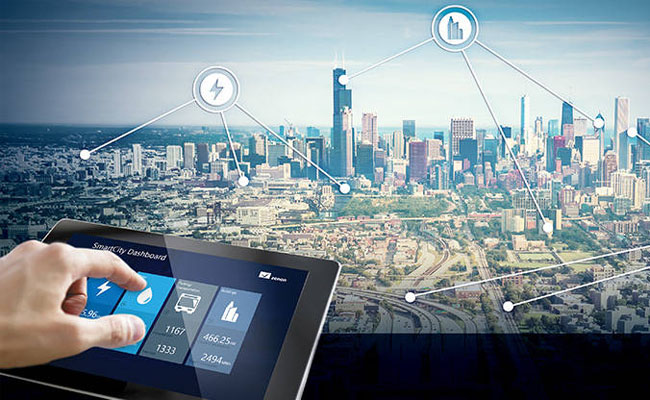
India's 100 Smart Cities Program success will be dependent on four parameters - Clear Vision, Long Term Planning, Adequate Funding and Module Based Execution
India has rolled out 100 Smart Cities Program in a big way and things have started to roll out in different cities. Presently, majority of the tenders floated in the market is related to project management consultant (PMC); infrastructure projects like transport, smart roads, streetscaping of roads, smart solar projects, smart solar rooftops, development of green space, piped natural gas and smart car parking system; and setting up command & control centre. Different cities have floated their tenders depending upon what their priorities are for the future but the city planner before floating tender should also focus on four parameters - vision, planning, funding and execution.
If these four parameters are taken seriously by the town planners, things will become easy for all stakeholders and the city will really be smart.
Clear Vision
The vision for all 100 Smart Cities will differ from one another depending upon how city planners plan their city to be smart. For e.g. the new Kalasatama area of Helsinki is an experimental innovation platform to co-create smart urban infrastructure and services. This centrally located old harbour area is growing into the smart city district of Helsinki.
The vision of Kalasatama is that smart services save one hour of citizen’s time every day which is a very noble concept. Time is city residents’ most precious resource, which is why Smart Kalasatama aims to manage time efficiently. The vision has been created together with local residents and all stakeholders, is for everyone to gain an extra hour of free time every day. Time will be saved by improving the flow of traffic and logistics, as well as guaranteeing first-rate local services and flexible facilities for remote working. The vision is very simple but executing this simple vision is not easy.
The objective is to deliver services to people rather than vice versa, reducing daily commuting. The time saved is spent on activities that bring happiness, whether that means relaxing in the local park, cooking with the children and studying or dance classes. Smart services help in improving both quality of life and time management.
Speaking on building better cities for people, Eija-Riitta Korhola, former member of European Parliament said, "Smart City needs to be sustainable and should be doing more with less."
Long Term Planning
Smart cities become smart only when all aspects of planning are taken into account be it long term or short term planning. Once the planning is finalised, it needs to be put into a dynamic three-dimensional (3D) city model for a particular city so that collaborative data can be shared by all stakeholders be it city planners, public, private and research sectors, thereby enabling users from different sectors to develop sophisticated tools and applications for test-bedding concepts and services, planning and decision-making, to solve emerging and complex challenges for any city.
One such example is Virtual Singapore. Virtual Singapore is a dynamic three-dimensional (3D) city model and collaborative programme initiated by the National Research Foundation (NRF) at a cost of $73 million for the development of the platform as well as research into latest technologies and advanced tools over a period of five years. The platform is targeted to be ready by 2018 and will be deployed progressively.
This project is championed by the National Research Foundation (NRF); Prime Minister’s Office, Singapore; Singapore Land Authority (SLA); and the Government Technology Agency of Singapore (GovTech). NRF will be leading the project development, whilst SLA will support with its 3D topographical mapping data and become the operator and owner when Virtual Singapore is completed. GovTech will provide expertise in ICT and its management as required in the project. Other public agencies will participate in Virtual Singapore in various phases depending upon the project and what is being executed in Singapore.
Virtual Singapore is a collaborative data platform, including the 3D maps of Singapore. Virtual Singapore includes semantic 3D modelling, which comprises detailed information such as texture, material representation of geometrical objects; terrain attributes, for example, water bodies, vegetation, transportation infrastructure, etc. Models of buildings encode the geometry as well as the components of a facility, such as walls, floors, and ceilings, down to its fine details, as in the composition of granite, sand and stone in a building material.
Virtual Singapore will be developed based on geometric and image data collected from various public agencies, and will integrate different data sources to describe the city with the necessary dynamic data ontology. The 2D data and information co-ordinated through existing geospatial and non-geospatial platforms such as OneMap, People Hub, Business Hub etc. will enrich the 3D Singapore City Model. Advanced information and modelling technology will allow Virtual Singapore to be infused with different sources of static, dynamic and real-time city data and information e.g. demographics, movement, climate.
Speaking about virtual model, Dr Chandan Chowdhury of Dassault Systemes said, "Creating a virtual model of the city make an existing city smarter. Make changes in the virtual city and understand the impact of various decisions prior to implementing them in the physical form.”
Adequate Funding
With proper security and privacy safeguards, Virtual City will enable public agencies, academia and the research community to make use of the information and system capabilities for policy and business analysis, decision making, test-bedding of ideas, community collaboration and other activities that require information. All these features help in better town planning and give a smart look to any city so that all problems whether it is long term as well as short term are solved virtually before doing the physical work for any smart city.
The central government proposes to give financial support to the Smart City Mission to the extent of Rs 48,000 crores over five years i.e. on an average Rs 100 crore per city per year. An equal amount will have to be contributed by the state/urban local bodies. So, in toto, the available funds from ULBs, state government, and central government is to the tune of Rs 100,000 crore for smart cities development. This amount will not be sufficient for all modules of smart city development as project cost of each smart city will vary depending upon the level of ambition, model, capacity to execute and repay. The success of this endeavour will depend upon the robustness of special purpose vehicle (SPV) revenue model and comfort provided to lenders and investors. A number of state governments have successfully set up financial intermediaries such as Tamil Nadu, Gujarat, Orissa, Punjab, Maharashtra, Karnataka, Madhya Pradesh and Bihar which can be tapped for financial support.
The central government funds and the matching contribution by the states/ULB will meet only a part of the project costs. The balance funds will be mobilised from urban local bodies through collection of user fees, beneficiary charges and impact fees, land monetization, debt, loans, etc; Innovative finance mechanisms such as municipal bonds with credit rating of ULBs, pooled finance mechanism, Tax Increment Financing (TIF); Central government schemes like Swachh Bharat Mission, AMRUT, National Heritage City Development and Augmentation Yojana (HRIDAY); Leverage borrowings from financial institutions, including bilateral and multilateral institutions, both domestic and external sources; and Private sector through PPPs.
Some municipal bodies are looking at Tax Free Municipal Bonds for e.g. Pune. In the past, municipal bodies like Ahmedabad (Gujarat), Chennai and Madurai (Tamil Nadu), Bangalore (Karnataka), Hyderabad and Vizag (Andhra Pradesh), Ludhiana (Punjab) and Nagpur and Nashik (Maharashtra) have also opted for the model. In 1997, Bangalore Municipal Corporation had floated Rs 125 crore bond and Ahmedabad first municipal bond was for Rs 100 crore in January 1998. In 2010, Greater Visakhapatnam Municipal Corporation issued bonds worth Rs 30 crore.
The Pune Municipal Corporation (PMC) is planning a bond offering of Rs 2,300 crore, the country’s largest municipal bond issue till date. Even Ahmedabad Municipal Corporation (AMC) is also planning to float municipal bonds bonds of Rs 200 crore. All this will be a win-win for urban local bodies as they require large amount of funds so that they provide all basic amenities as well as extra amenities which will bring happiness to citizens.
Module Based Execution
In India, the Smart Cities Program will always lack fund for any smart city, so city planners will need to focus on executing different modules of smart cities in phases. In order to make city smart, the smart city planners should also focus on all the above points - clear vision, long term planning and adequate funding so that execution does not act as a bottleneck. The module based execution will help in making the jigsaw puzzle of smart city look smart when the final module gets deployed only when the big picture is infront of all stakeholders. All this module based execution will definitely help Indian cities to come at par with Mercer's Quality of Living Ranking where in the 19th edition Vienna tops the list.
Slagin Parakatil, principal, Mercer Quality of Living Ranking said, “A city’s infrastructure, or rather the lack thereof, can considerably affect the quality of living that expatriates and their families experience on a daily basis. Access to a variety of transport options, being connected locally and internationally, and access to electricity and drinkable water are among the essential needs of expatriates arriving in a new location on assignment. A well-developed infrastructure can also be a key competitive advantage for cities and municipalities trying to attract multinational companies, talent, and foreign investments.”
“Most cities now align variety, reliability, technology, and sustainability when designing infrastructure for the future,” added Parakatil.
"
"

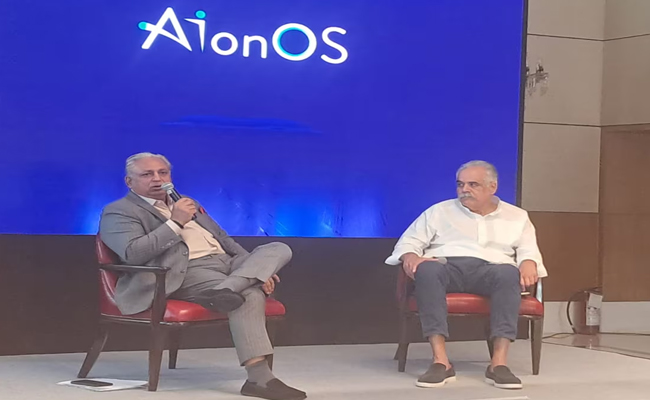
InterGlobe’s Rahul Bhatia and C.P. Gurnani together announce
In a move that is set to transform the AI landscape, Rahul Bhatia, Group M...
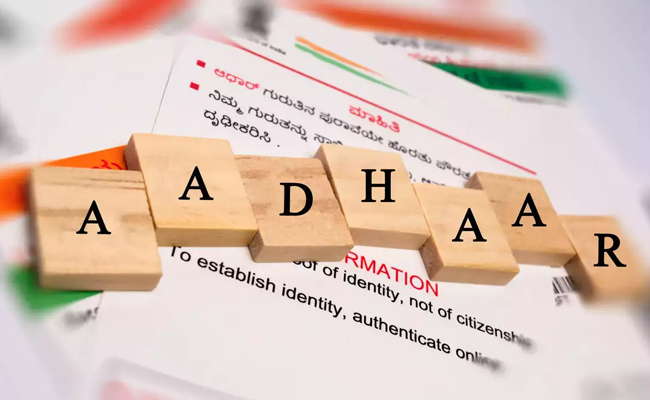
Download masked Aadhaar to improve privacy
Download a masked Aadhaar from UIDAI to improve privacy. Select masking w...

Sterlite Technologies' Rs 145 crore claim against BSNL rejecte
An arbitrator has rejected broadband technology company Sterlite Technolog...
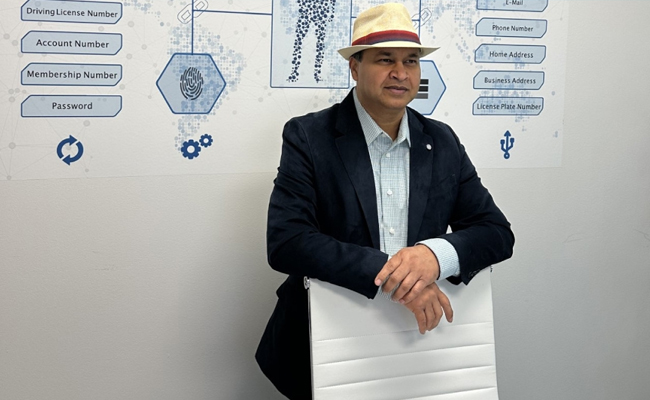
ID-REDACT® ensures full compliance with the DPDP Act for Indi
Data Safeguard India Pvt Ltd, a wholly-owned subsidiary of Data Safeguard ...

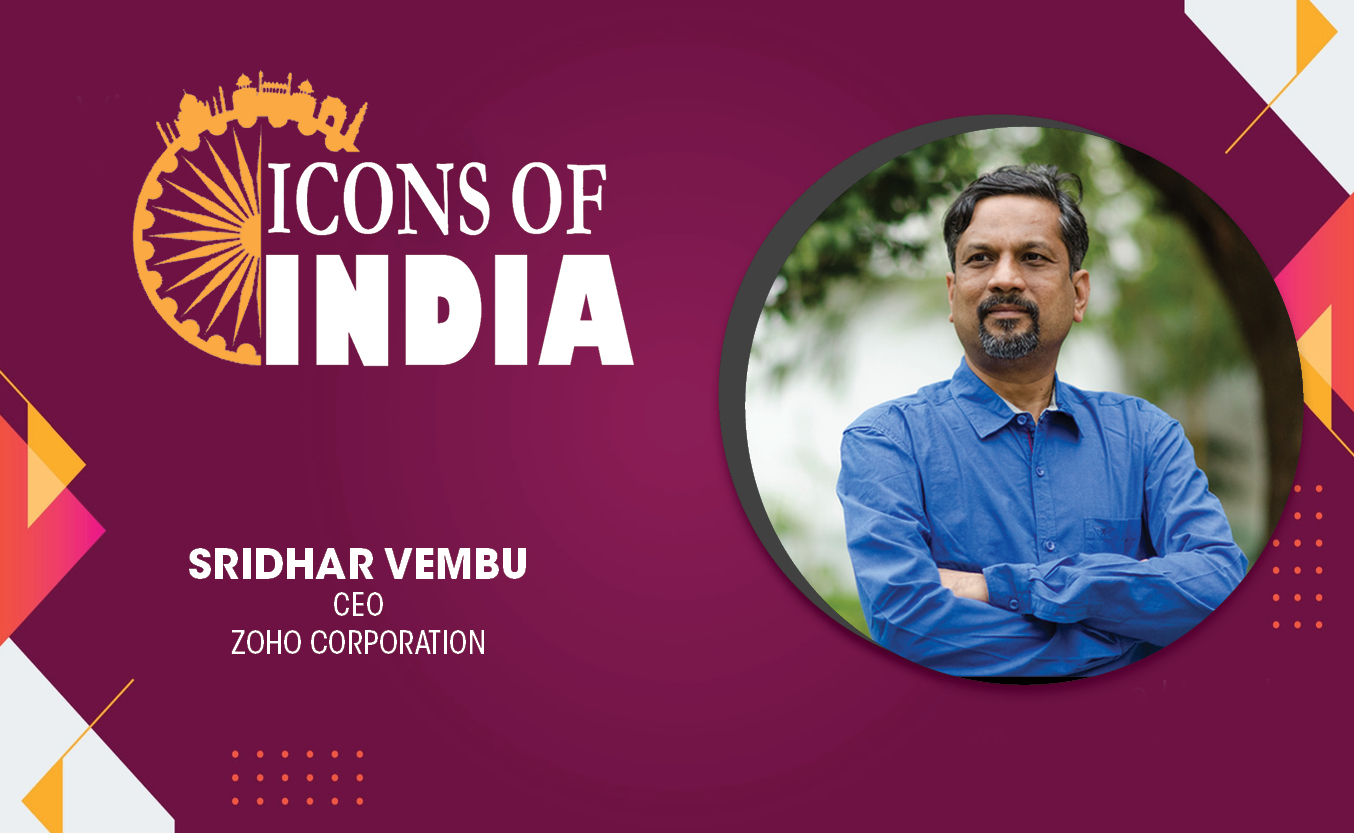
Technology Icons Of India 2023: Sridhar Vembu
Sridhar Vembu is an Indian billionaire business magnate and the Founde...
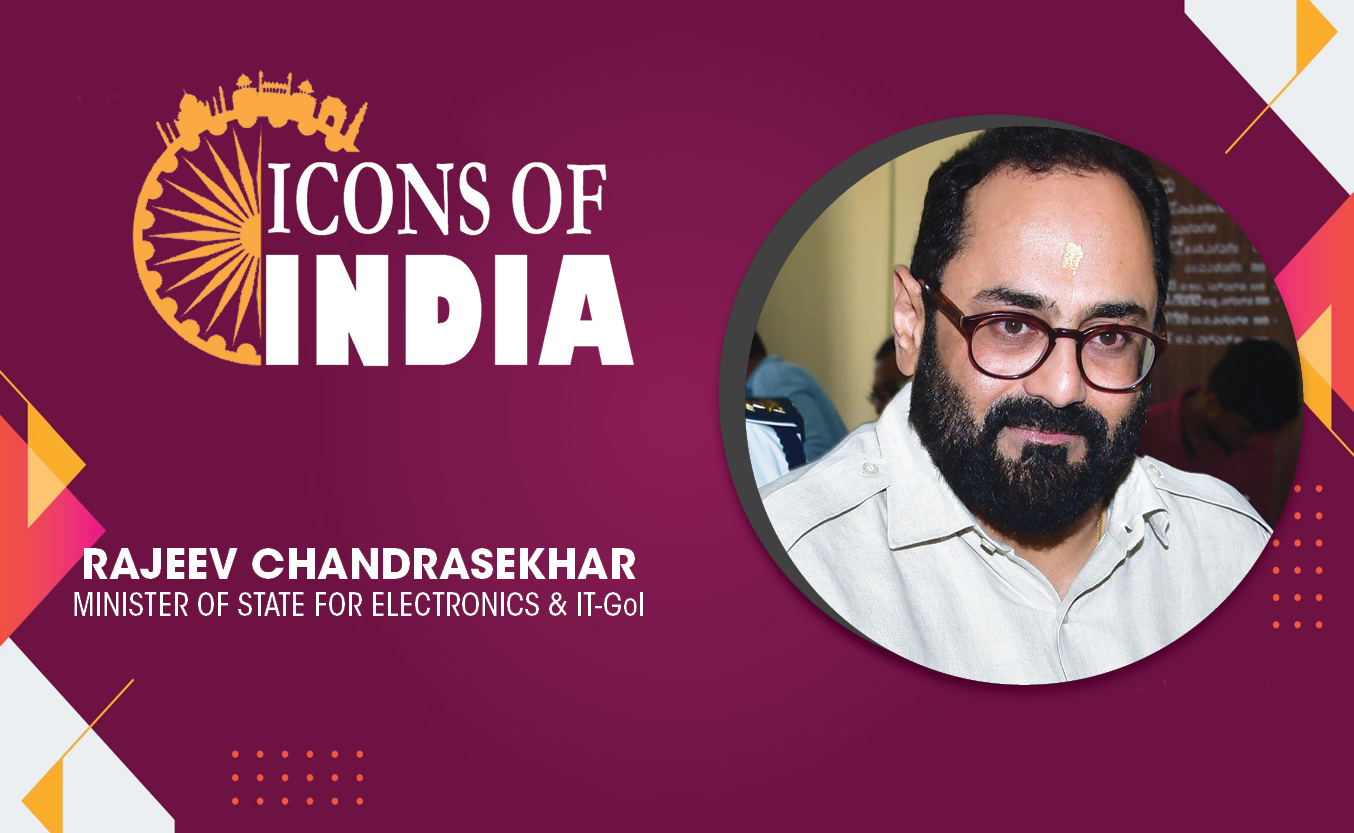
Technology Icons Of India 2023: Rajeev Chandrasekhar
Rajeev Chandrasekhar is the Union Minister of State for Electronics an...
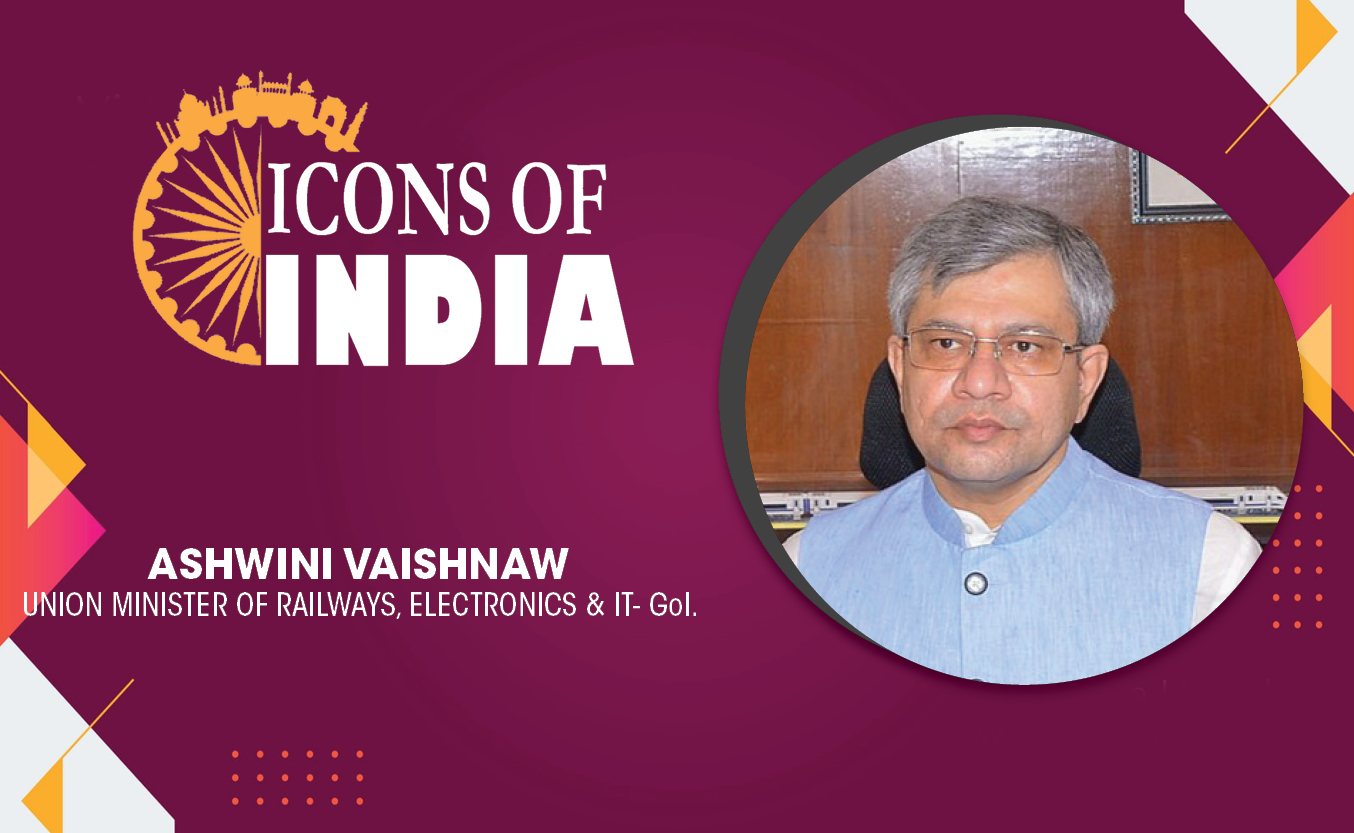
Technology Icons Of India 2023: Ashwini Vaishnaw
Ashwini Vaishnaw is an Indian politician and former IAS officer and is...

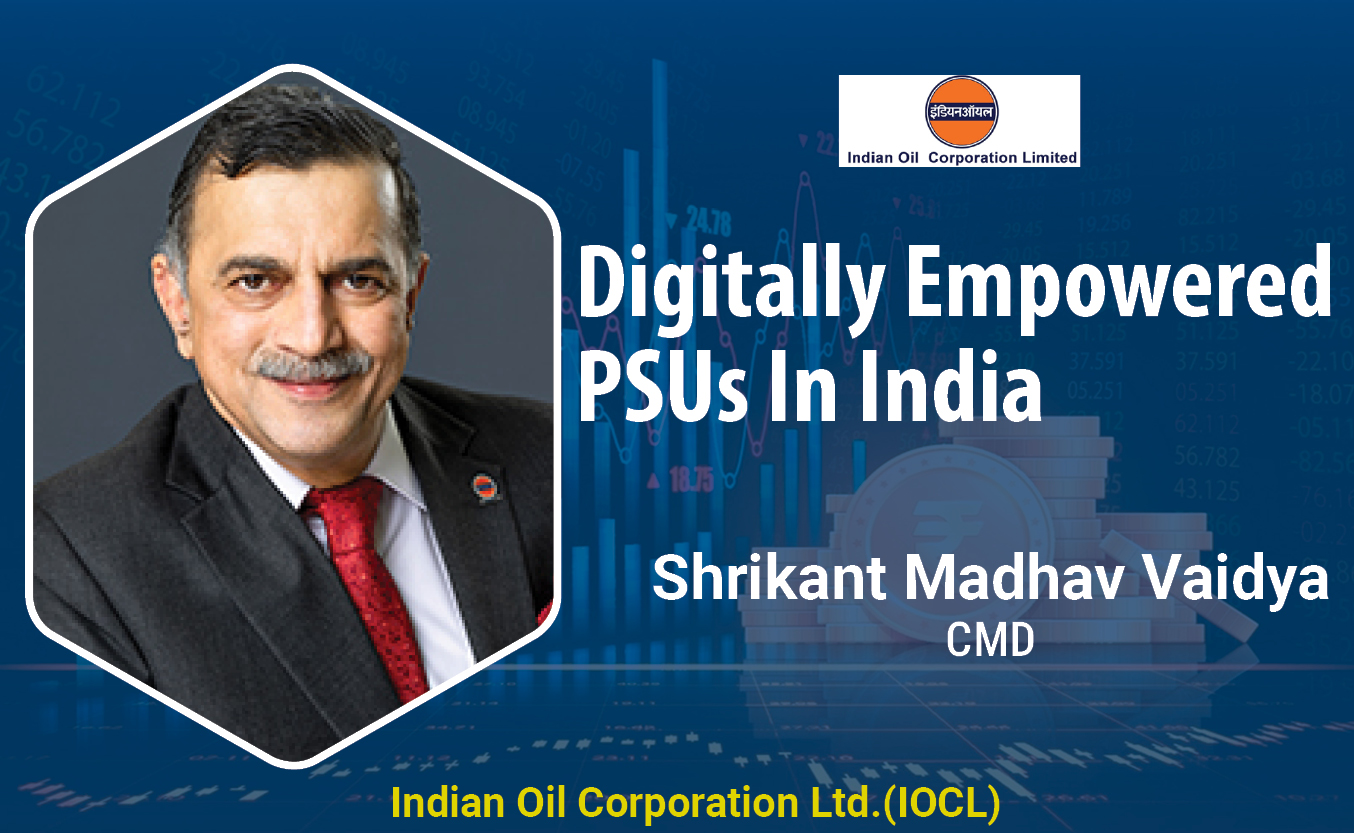
INDIANOIL helps reach precious petroleum fuels to every nook and corner of the country
IndianOil, a diversified, integrated energy major with presence in alm...

BSE provides highly secure, efficient and transparent market for trading
BSE (formerly known as Bombay Stock Exchange Ltd.) is Asia's first & t...
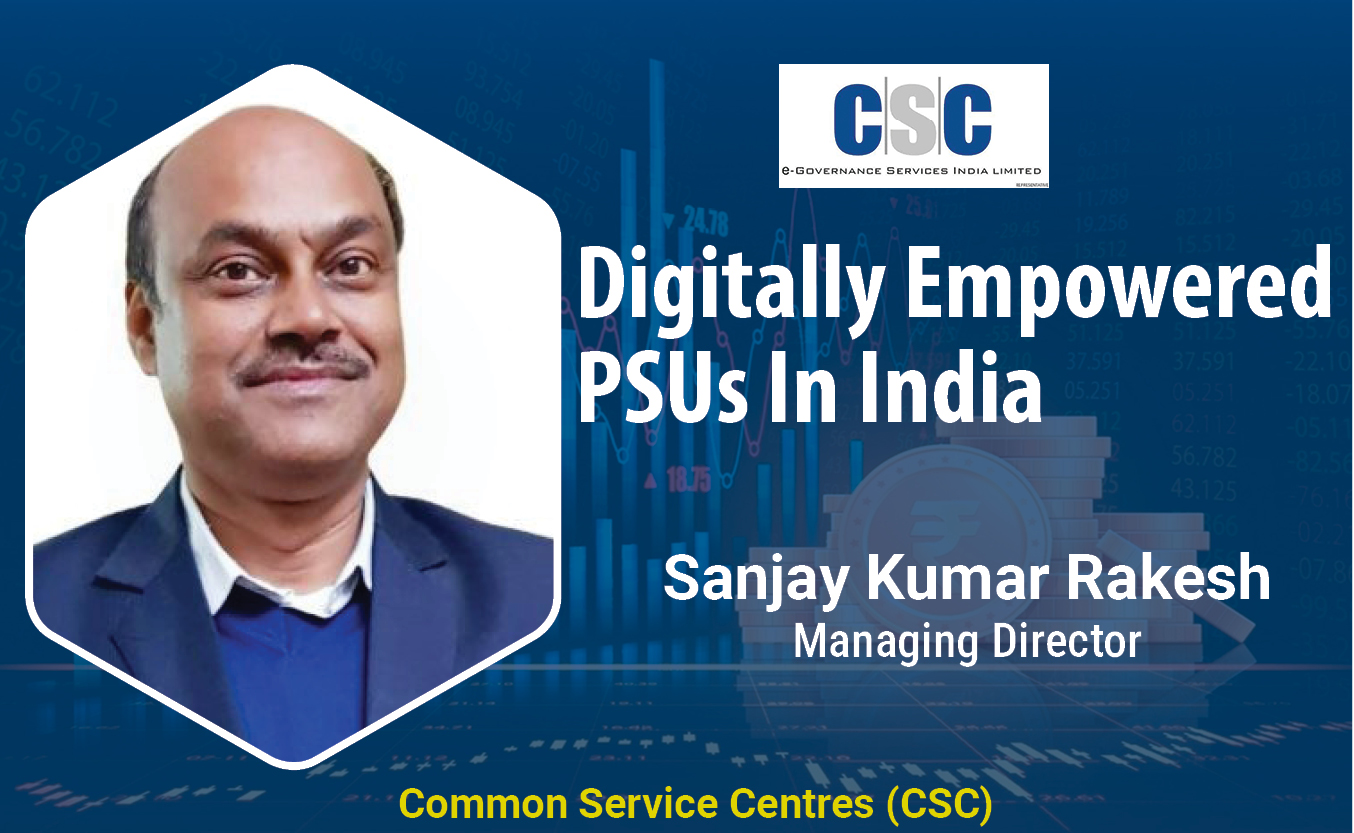
CSCs enabling rural India digitally empowered
Common service centres (CSCs) are digital access points under the Digi...

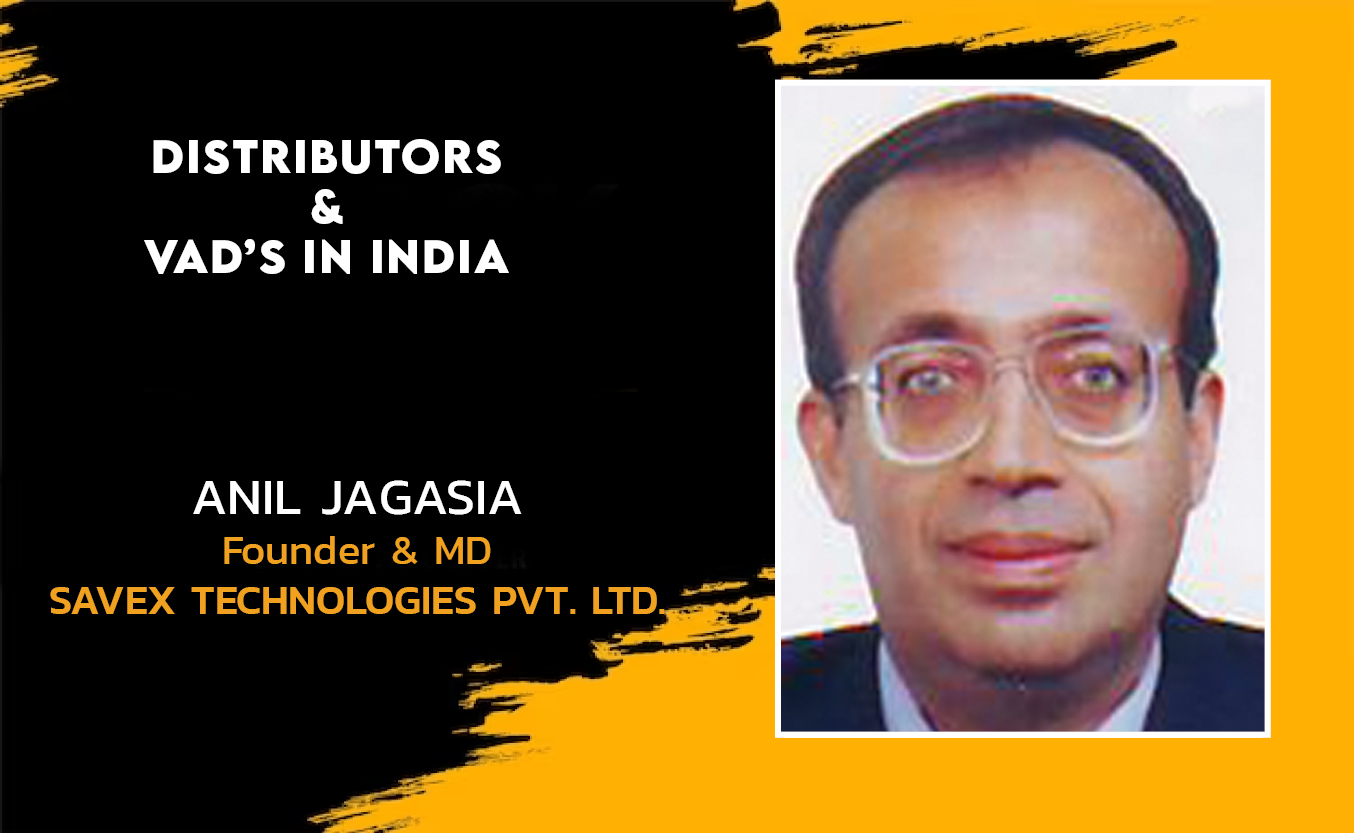
SAVEX TECHNOLOGIES PVT. LTD.
Savex Technologies is the 3rd largest Information & Communication Tec...
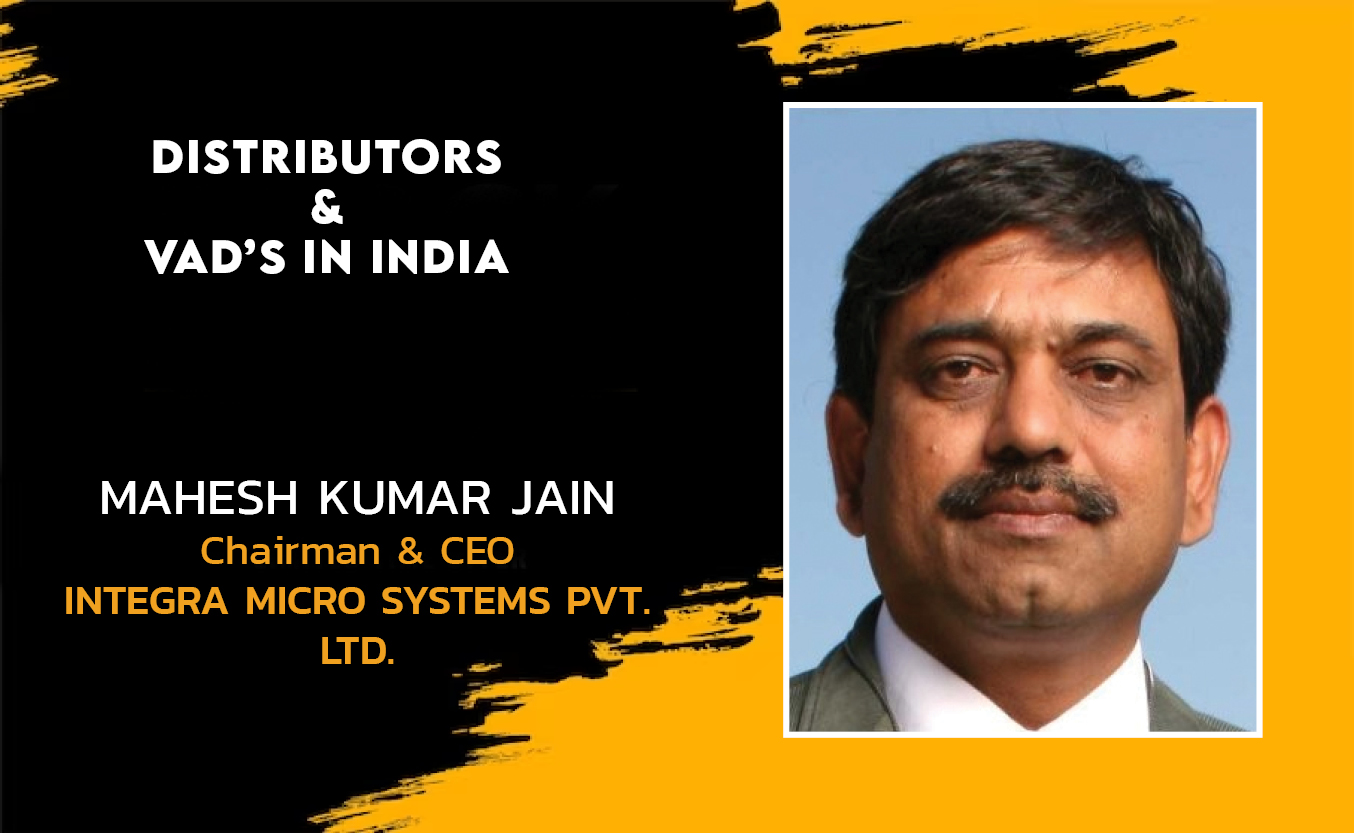
INTEGRA MICRO SYSTEMS PVT. LTD.
Integra is a leading provider of innovative hi-technology products an...
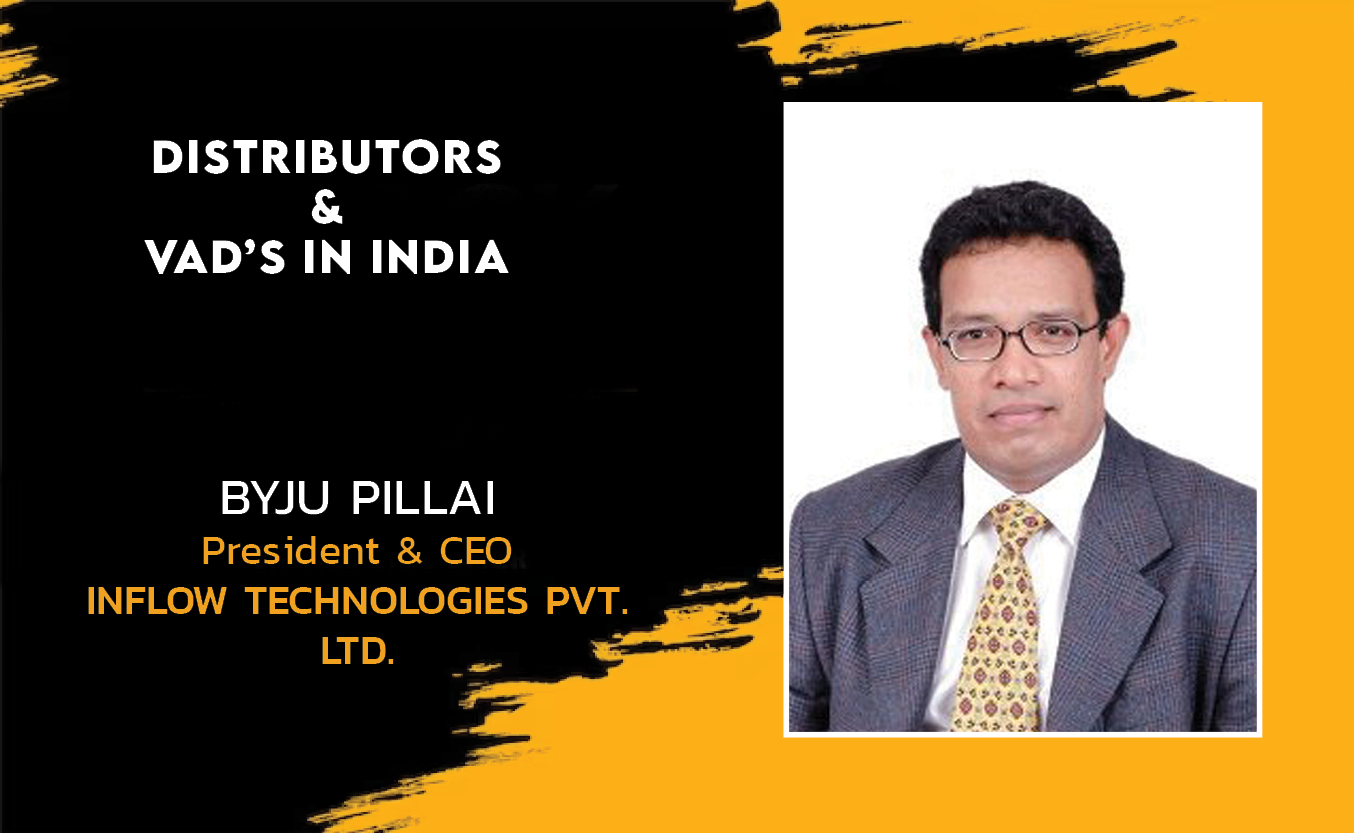
INFLOW TECHNOLOGIES PVT. LTD.
Inflow Technologies is a niche player in the IT Infrastructure Distrib...